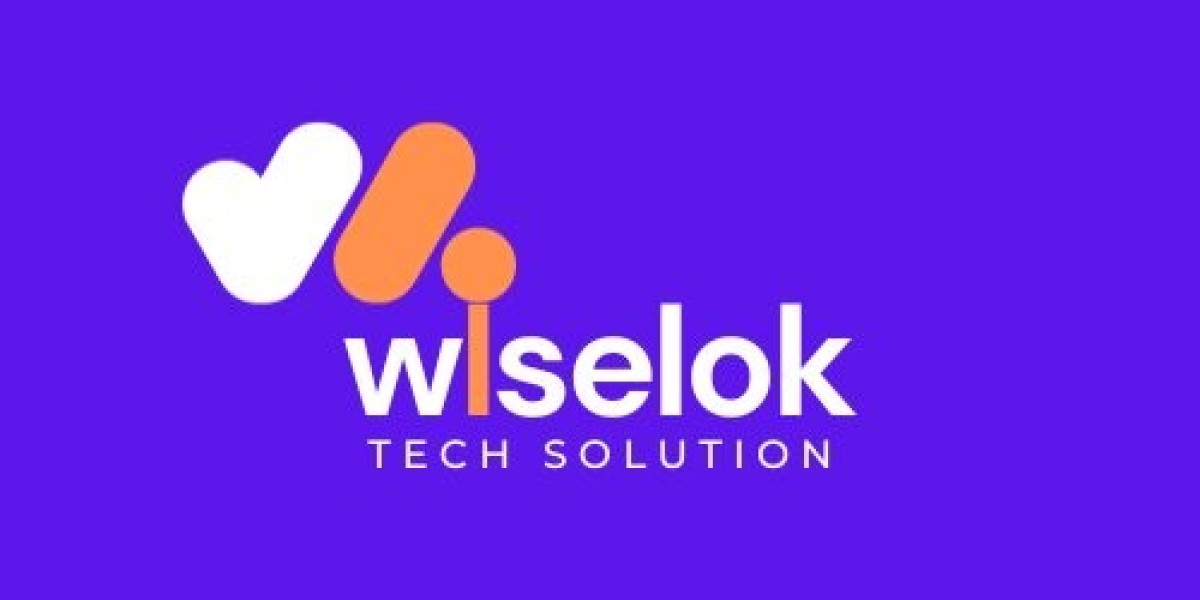San Francisco, 03 April 2024: The Report Dietary Fibers Market Size, Share & Trends Analysis Report By Raw Material (Fruits & Vegetables, Cereals & Grains), By Type (Soluble, Insoluble), By Application (Food & Beverages, Pharmaceuticals), By Region, And Segment Forecasts, 2024 - 2030
The global dietary fibers market size is expected to reach USD 14.93 billion by 2030, registering CAGR of 9.5% during the forecast period, according to a new report by Grand View Research, Inc. Demand for the dietary fibers is anticipated to be driven by the increasing consumer awareness regarding health, wellness & nutrition, a shift from the pharmaceutical to nutraceuticals products, and rising demand for the food products, enriched with the fibers, among consumers.
Rise in customer preference for the natural products is a major factor that influences the market growth. Awareness and rising concerns regarding preventive healthcare and the effectiveness of the dietary fibers on overall health are the factors driving the market growth. Demand for the foods with dietary fibers has risen owing to an increase in the consumption of functional foods, which has the potential to enhance health as well as provide basic nutrition which will positively impact the market growth in coming years.
Recent development in manufacturing technologies has led to the emergence of microwave, ultrasound, and high-pressure processing to derive a higher yield of dietary fibers while maintaining their functionality. These processes significantly reduce the time and required temperature, which concurrently leads to reducing the energy consumption during processing. The advent of green technologies is expected to boost the market growth.
Consumers are gradually becoming interested in consuming probiotics to improve gut health, which is boosting focus on the consumption of probiotic-induced functional beverages. This is expected to increase demand for dietary fibers. Beverage manufacturers, on the other hand, are increasingly focusing on new product development and the use of probiotics in dairy, grain-based products, dairy alternatives, fermented beverages, fruit and vegetable-based products, and ready-to-eat snacks and drinks. This is also expected to drive the dietary fibers market during the forecast period.
Technological developments in various fields of end-use manufacturing industries, as well as increased usage of the dietary fibers among various industries, are fueling dietary fiber demand growth. Besides, the continued trend of plant-based diets in countries such as Italy, China, the UK, and the U.S. is also expected to drive market demand for dietary fibers in the food & beverages industry.
Request sample report of Dietary Fibers Market@ https://www.grandviewresearch.com/industry-analysis/dietary-fibers-market/request/rs1
Europe is witnessing an increased demand for the dietary fibers owing to rising health consciousness, diet consciousness, introduction of the advanced technologies, growing disposable income, and expanding middle-class population. Furthermore, in Europe, the bakery industry has been significantly contributing to demand for the dietary fibers owing to the increasing popularity of natural and healthy bakery products, containing dietary fibers.
Dietary Fibers Market Report Highlights
- Soluble fibers led the market in terms of revenue, owing to some of the major advantages of soluble fibers, which includes reduction of cholesterol levels and keeping blood sugar levels normal
- Food and beverages application segment is expected to be the fastest growing application with a CAGR of 9.6%. This can be attributed to the growing trend of consuming healthy and functional food products among consumers
- Asia Pacific dominated the regional segment in terms of revenue with a share of 40.0% and is expected to grow rapidly during the forecast period. The market players have been undertaking mergers and acquisitions as well as capacity expansions to improve their technical expertise and to enable them to offer enhanced products to the consumers
A significant shift from pharmaceutical to nutraceutical products among consumers and rising investments in the pharmaceutical industry are the factors anticipated to augment demand during the forecast period. Additionally, increasing consumer awareness regarding the importance of maintaining a healthy diet which leads to an active lifestyle by controlling lifestyle diseases such as hypertension, diabetes, and cardiovascular diseases, among other key benefits, may foster market growth. Fresh fruits and vegetables offer a wide range of both soluble and insoluble fiber types, catering to various health needs and nutritional preferences.
Dietary fibers are extracted from different sources via wet processing, dry processing, chemical, gravimetric, physical, enzymatic, and microbial methods. A combination of the aforementioned methods may also be used to achieve the desired results. Different treatment methods emit different results on the structure of dietary fibers. Innovations in terms of the production process and immense potential for dietary fibers to be used in a wide range of food products are anticipated to drive market demand. Overall, the U.S. fruit and vegetable production has been steadily increasing in recent years, driven by consumer demand for healthy options and technological advancements. Growers are responding to the demand for fiber by researching and developing new varieties with higher fiber content or specific fiber profiles.
COVID-19 had a marginal impact on the dietary fibers market. Dietary fibers can be found in a wide range of products, such as pharmaceuticals, dietary supplements, and animal feed. Dietary fibers are also used to boost immunity and muscle mass. Hence, during the pandemic, the demand for dietary fiber products in the market was high. In addition, customers began to incorporate dietary fibers into their daily diets, which influenced overall market growth. Fruits and vegetable businesses are focusing on products addressing challenges like diabetes management, gluten-free options rich in fiber, or fiber supplements targeted at prebiotics for specific gut concerns.
According to research from the National Institutes of Health, more than 60 to 70 million Americans experience distinct digestive health issues. Furthermore, according to the Harvard School of Public Health, adults and children need at least 20-30 grams of dietary fiber each day. Additionally, consuming dietary fiber reduces the risk of a number of illnesses, including heart disease, diverticular disease, constipation, and diabetes. The aforementioned factors are expected to increase dietary fiber demand. The USDA Dietary Guidelines for Americans recommend that adults consume 25-35 grams of dietary fiber per day. This recommendation is based on scientific evidence linking adequate fiber intake to a reduced risk of chronic diseases such as heart disease, diabetes, and certain cancers.
Dietary Fibers Market Report Scope
Report Attribute | Details |
Market size value in 2024 | USD 8.66 billion |
Revenue forecast in 2030 | USD 14.93 billion |
Growth rate (Revenue) | CAGR of 9.5% from 2024 to 2030 |
Actual data | 2018 - 2023 |
Forecast period | 2024 - 2030 |
Easy availability of cereals & grains such as oats, whole wheat, rye, corn, popcorn, barley, brown rice, wild rice, buckwheat, triticale, bulgur, and millet is expected to drive demand for the dietary fibers in the U.S. Despite the fact that dietary fibers are best known for the physiological functions, they are indigestible. Fibers cannot be used as a source of energy because they are immune to hydrolysis and passes through the body in an undamaged state. This factor becomes a challenge when used as a component in food and beverage applications.
Dietary fibers help humans to avoid constipation and maintain a healthy digestive system. People suffering from Irritable bowel syndrome (IBS) are frequently advised to increase and modify the amount of fiber in their diet. Likewise, this is anticipated to increase the demand for dietary fiber supplements among people suffering from IBS globally. Dietary supplements offer a convenient way to increase fiber intake for individuals who struggle to get enough from their diet alone.
List Of Key Players in the Dietary Fibers Market
- BENEO
- Lonza
- DuPont de Nemours, Inc.
- Archer Daniels Midland Company (ADM)
- Batory Foods
- Ingredion Incorporated
- Roquette Freres
- PURIS
- Tate & Lyle
- Emsland Group
- Cargill, Incorporated








